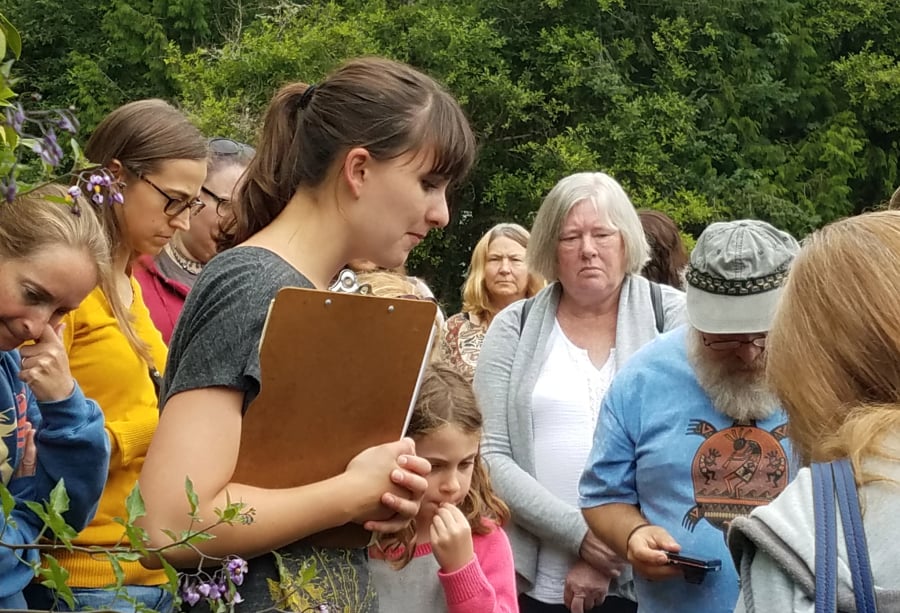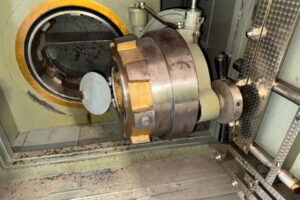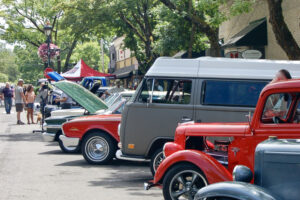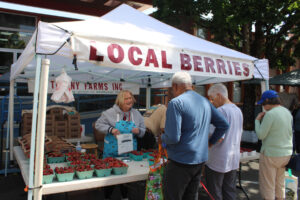Next time you pull weeds, you may want to consider tossing them into a salad instead of the yard debris bin.
Plants such as narrow leaf plantain, dandelion, clover and even dead nettle, can be eaten raw as well as cooked.
Whether added to pasta, sprinkled on a pizza or used as a sandwich topping, there are several easy methods to include wild, edible greens into everyday cooking, notes Eve Hanlin, a Battle Ground resident who has been foraging for eight years, and also teaches classes on the subject.
Hanlin teaches her wild edible classes at Columbia Springs, an east Vancouver non-profit organization whose mission is to offer educational experiences and increase stewardship of the earth. On a recent sunny Saturday, more than 40 people, ranging in ages from 6 to over-60, sat outdoors and learned more about wild edible plants.
Hanlin is passionate about the topic of foraging, and is a self-described “gardening geek, wild edible plant forager, dahlia farmer and botany enthusiast.”





